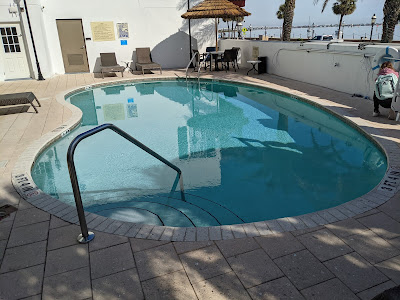For more information about the history of this site, please visit: https://www.nps.gov/casa/index.htm
-Artifacts-
Artifact #1
Artifact #2
Exterior Photo #2
-Images in conversation with the Site-
Image in Conversation #1
Image in Conversation #2
-The English 202 Connection-
One concept from my English 202 class that relates to Fort Castillo de San Marcos, can be found in the book The Surrounded by D'Arcy McNickle. In the book, Archilde says: "When you came home to your Indian mother you had to remember that it was a different world" (McNickle, 3). This quote highlights the isolation that many native Americans have to live in while on reservations such as the one in the book. Further, Archilde's description of the reservation being a "different world" highlights that isolation. Further, on our tour, the Park Ranger talking to my class discussed how some members of the tribes of the Seminole, Plains, and Apache, were all at one point or another held as prisoners in the fort. This relates back to the book my English class was reading because the idea of the Fort being a prison for Native Americans is similar to how many of the Native Americans on the Flathead Indian Reservation (the reservation from the book) felt like they were being imprisoned as well. So I think that the parallel that can be drawn between this historic site and the book is one that highlights the contentious and complex relationship between Native Americans and the United States Government.
-Creative Component-
This is a photo that I took at the main entrance of the fort. With this photo, I increased the contrast and made it black and white to highlight the historic nature of this site as well as its beauty. I believe that the black and white and the contrast represent not only the rich history of this site but also the beauty of the site. This photo simply looks all around serene and that is what I was going for.


















































